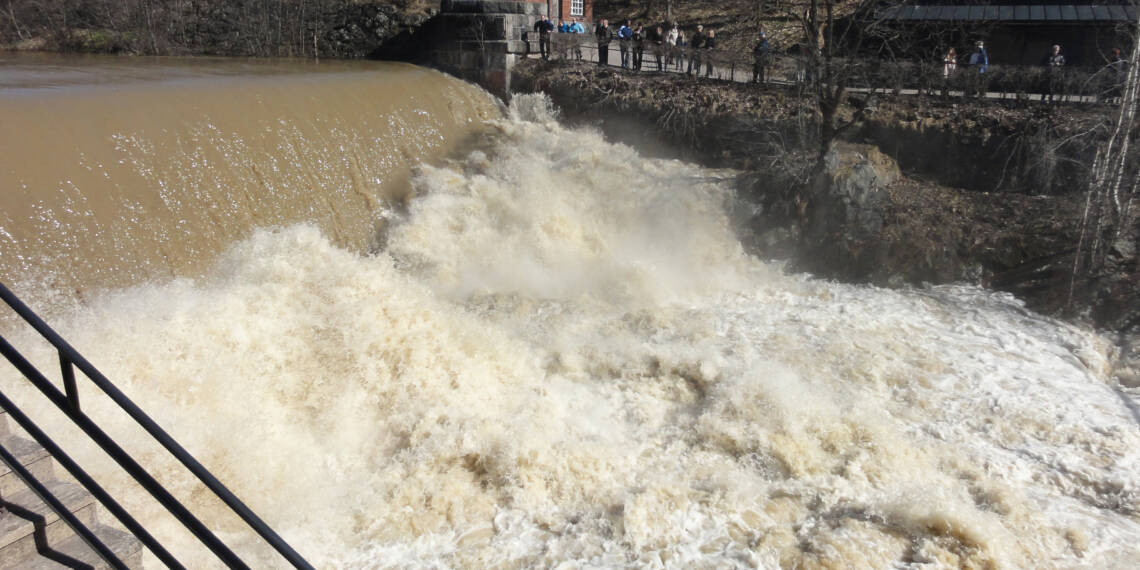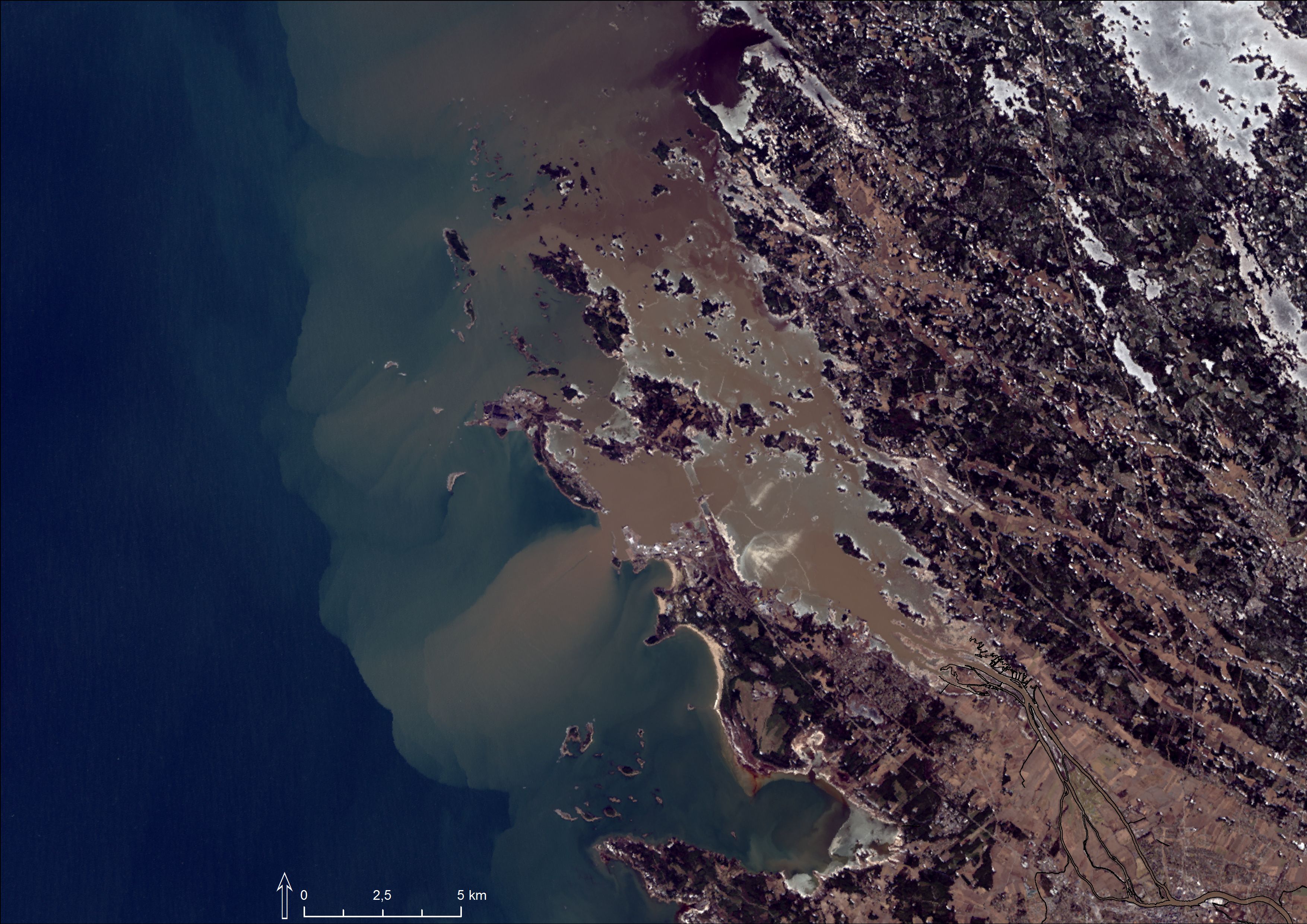
The burdens on the Baltic Sea can be reduced in many ways
The state of the Baltic Sea is already being improved in many ways. However, more action needs to be taken. Finnish maritime management is guided by the Programme of Measures, which is part its Marine Strategy Plan. One of its key efforts is to reduce the burdens affecting the sea.
There is a wide range of burdens affecting the Baltic Sea, from nutrient emissions to underwater noise. Each sub-area has been assigned its specific reduction target, as well as the means of how these targets will be achieved. Many measures are also based on national or international regulations or commitments.

Clear reduction targets have been set for nutrient loads which cause eutrophication
-
 Find out more
Find out moreSources of nutrient runoff
The Baltic Sea countries have agreed to reduce their eutrophication-causing phosphorus and nitrogen emissions into the sea. In the case of Finland, the goal is to reduce the annual phosphorus and nitrogen loads to 440 and 6,600 tonnes, respectively. This translates to a reduction of phosphorous and nitrogen by 14% and 8%, respectively. The Programme of Measures sets out the methods by which these objectives will be achieved.
Since nutrients are introduced into the sea from many sources, such reduction measures must also be widespread. Currently, the most important means include increasing the efficiency of nutrient recycling and improving the agri-environmental compensation scheme. More than ever, feed produced from Baltic Sea fish must be used in fish farming. Other activities of the Programme of Measures include the application of gypsum to fields and the use of cyprinid fish, such as roach and bream, as food.
Loading caused by harmful substances is regulated by agreements and laws
The discharge of toxic and dangerous substances into water bodies and the Baltic Sea requires an environmental permit. Such emissions are regulated under national and international laws and agreements. However, harmful substances are also introduced to the sea from other sources, such as convenience goods, via the air from beyond our national borders, and from contaminated terrestrial and seafloor areas.
Besides the activities already underway, the current Programme of Measures also lists the determination of the levels of medicinal drugs in wastewater and coastal waters, as well as the amount of dioxin-containing sediments in the Kymijoki River. After such background studies, it is possible to plan what further action will be taken on these issues. Efforts are also being made to reduce the use of pesticides.
Curbing marine littering is a central theme
Marine littering has become an important theme in the Baltic Sea. The goal of many research projects is to understand the burden caused by litter, e.g. in terms of its amount and effects.
The current Programme of Measures strives to increase knowledge about both the origin and amount of rubbish in various marine and coastal areas. Also, the risks posed by litter to marine life and humans will be investigated. Based on the information gathered, the necessary subsequent actions can then be planned.
Another aim is to reduce undersea noise
Although the levels and effects of underwater noise are not well known, it has been shown that sudden noise peaks can harm marine organisms, while continuous noise causes chronic stress.
While the research data on underwater noise is constantly accumulating, this issue is already being addressed in the Programme of Measures within the Marine Strategy Plan. The programme includes several measures to reduce noise, including at offshore construction sites.
Alien species are also a burden on the nature of the Baltic Sea
Alien species from other seas or inland waters have entered and continue to arrive in the Baltic Sea. Some have become established, spread, and may displace or compete with native species.
The Ballast Water Agreement under the International Maritime Organisation (IMO) is the main tool for preventing the spread of these species. In Finnish sea areas, the focus is on the implementation of this agreement.
-
 Find out more
Find out moreMonitoring the state of the Baltic Sea
-
 Find out more
Find out moreLegislation, conventions and programmes

